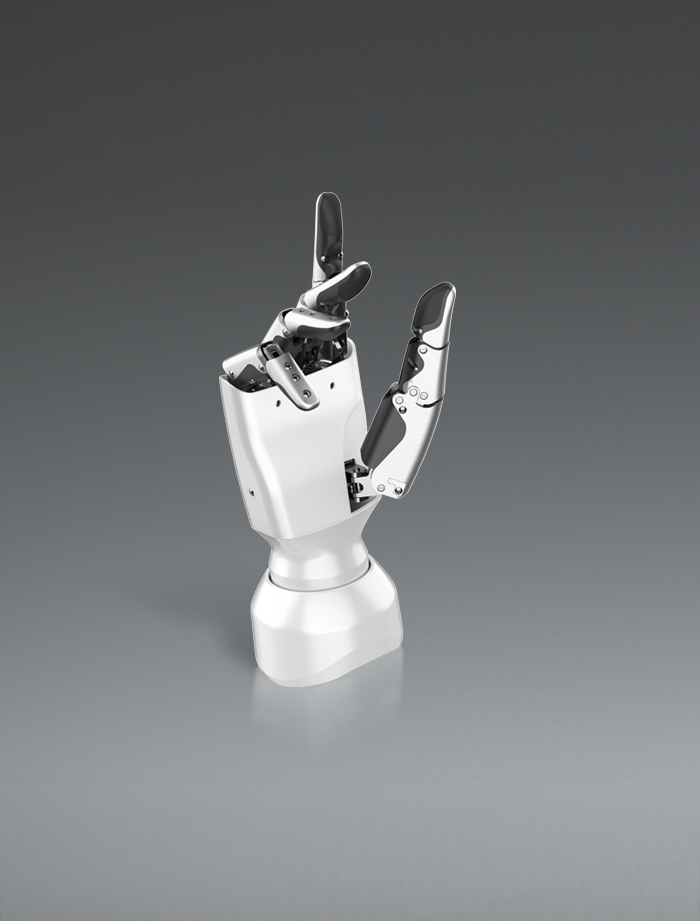The field of dexterous robotic hands is moving beyond simple gripping. The key trends are a shift from rigid hardware to intelligent, sensor-rich systems that can “feel” and learn. Early robotic hands were often complex but blind, struggling with delicate or unpredictable objects. Today, the focus is on integrating high-resolution tactile sensing with artificial intelligence. This allows robots to perceive not just an object’s location, but also its texture, slip, and the forces they exert. Companies like Daimon are at the forefront, developing what they term Vision-Tactile-Language-Action (VTLA) models. This approach is creating a new generation of robots capable of performing precision tasks in fields from manufacturing to laboratory automation.
The Rise of High-Resolution Touch
The most significant trend is the move beyond binary contact sensing. Modern dexterous hands are incorporating vision-based tactile sensors that provide rich, detailed data. These sensors work like a synthetic skin, using cameras and deformable materials to capture high-resolution images of contact forces. For instance, Daimon’s tactile sensor is a millimeter-thick, multimodal system. It can detect subtle textures, measure precise forces, and even see the shape of an object in its grip. This level of touch sensitivity is crucial for tasks like handling fragile items in logistics or performing intricate assembly in manufacturing. It transforms the hand from a simple gripper into a sophisticated perceptual tool.
From Pre-Programmed Motions to Learned Intelligence
Another major trend is the shift from hard-coded motions to AI-driven, learned dexterity. Instead of programming every single movement, developers now train robotic hands using vast datasets of visual and tactile information. This is where the VTLA model becomes critical. The robot’s vision identifies an object, its tactile sensors provide real-time feedback on grip quality, and natural language commands can define the task. The AI then generates the appropriate action, continuously learning and improving from the multisensory feedback loop. This allows a single robotic system, whether a simple two-finger gripper or a complex multi-fingered hand, to adapt to new objects and tasks without manual reprogramming. This embodied intelligence is key to making robots more versatile and useful in real-world environments.
Conclusion
The evolution of dexterous robotic hands is clear. The future lies not in more complex mechanics alone, but in smarter systems that combine advanced touch with adaptive AI. The integration of high-resolution tactile perception, like Daimon’s sensor technology, with learning models such as VTLA, is setting a new standard. These advancements are pushing robots into new applications, enabling them to perform delicate, precise, and intelligent manipulation. This progress is steadily unlocking the revolutionary potential of robots to transform how we work and live.


